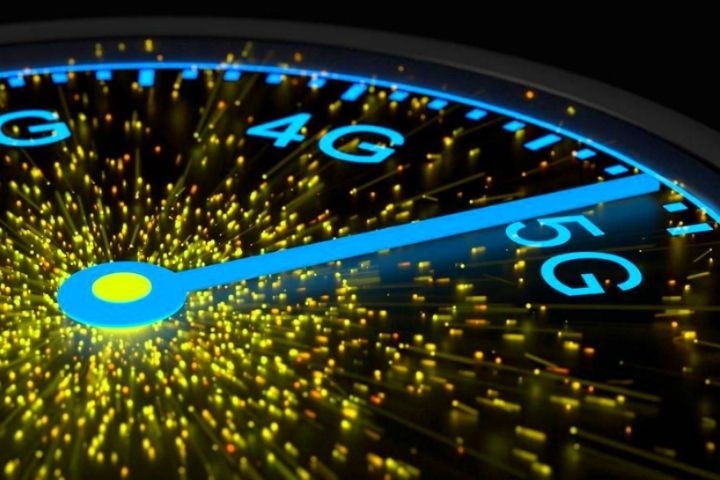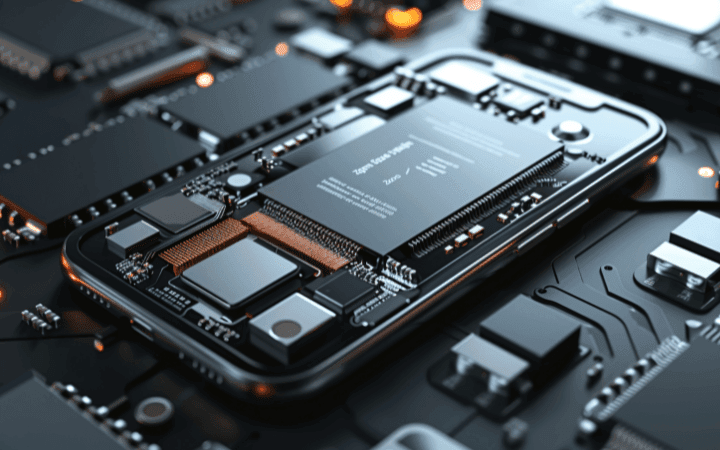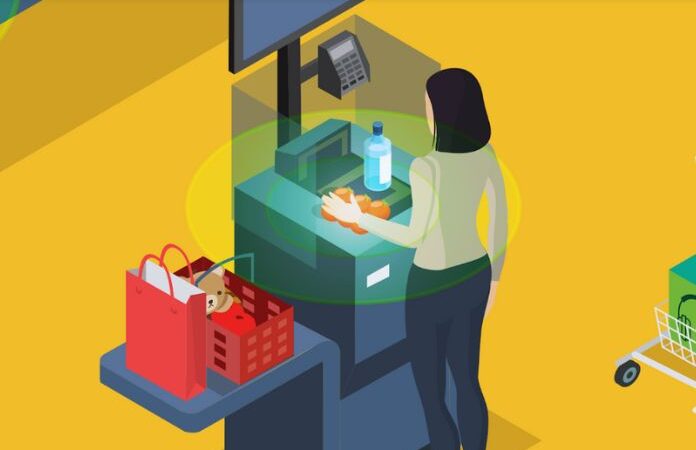5G Network: The Future

“5G Network – Higher, faster and further”: This principle is of great importance in competitive sports and telecommunications. The “Internet of Things” (IoT) has become one of the big buzzwords in the increasing, all-encompassing networking. With the help of implementing the new 5G mobile radio standard, up to 100 billion devices are networked with one another and enable real-time communication shortly. But this mega-project harbors not only opportunities but also many risks.
The word telecommunications comes from ancient Greek and Latin and means nothing more than exchanging information and data over a spatial distance. The first forms of telecommunication were messengers and couriers, smoke, fire and drum signals, followed later by carrier pigeons, warning lights and the invention of the printing press. The history of modern telecommunications as we understand it today begins in 1794 with the construction of the first wing telegraph. After that, the development progressed in great strides:
- The American Samuel Morse invented the electric telegraph and the Morse code named after him in the 1830s.
- The German physicist and inventor Philipp Reis presented the first telephone-type device in 1861 – the actual invention of the telephone was, however, attributed to the British Graham Bell in 1876.
- A transatlantic telephone cable connected America and Europe since 1866, and a transatlantic radio link started in 1901.
- In 1946, in St. Louis, the first call was made using a cellular phone, a 37 kg car phone.
People were able to make phone calls for the first time while on the move, even if the large and expensive devices were initially used almost exclusively as car phones by the elite.
Different Frequencies For Different Needs
The next chapter in telecommunications is now in the starting blocks. Shortly after introducing the LTE standard in 2010, the international development of the successor began – the fifth generation of 5G mobile communications. In the same year, the mobile phone providers began to put the first 5G radio cells into operation. Fixed base stations (radio transmission systems) in the radio cells ensure the supply of mobile radio services. The stations send and receive high-frequency electromagnetic waves that are used for wireless communication.
Forty-five thousand antennas were made fit for 5G. Telekom combines the expansion on two frequency bands: the high-range 2.1 GHz frequency is used to bring high mobile bandwidths into rural areas in particular. 5G offers the 3.6 GHz frequency in places where many people come together in a confined space, such as large cities. By 2021 it is planned to convert old 3G locations to modern 5G masts.
That Is Possible With 5G Network
5G technology is considered THE new generation in mobile communications. It is intended to decisively advance the development of innovative services and applications – augmented reality, Industry 4.0, automated driving, the Internet of Things. The advantages:
- Data rates of up to 10 gigabytes per second – ten times the peak performance of the previous 4G standard
- Relief of other technologies such as 4G or WLAN
- Significant reduction in latency times * from a few milliseconds to less than a millisecond – faster than the blink of an eye
- Networked devices downtimes and power consumption are reduced
- Data transfer in real-time
- better network stability at significant events
- better supply of rural regions
Comprehensive Networking: Industry 4.0
5G already has the reputation of breaking all previous records and creating entirely new possibilities. All of a sudden, futuristic scenarios are within your grasp. Technologies like remote robotics and the Internet of Things could become commonplace and ubiquitous. Studies assume that 5G will generate economic growth of more than 13 trillion US dollars and create 22 million new jobs over the next 15 years. In addition to industrial climbers required for the construction, maintenance and repair of radio masts, development engineers, software developers, and scientific staff specializing in 5G technologies could see high demand in the future.
The new generation of cell phones is of particular interest to the industry. The networking of factories and logistics chains – also known as Industry 4.0 – should experience a rapid upswing as a result: Manufacturing companies are hoping for optimized use of robots and sensors and networking across multiple locations. For example, external employees could operate and evaluate machines in real-time, and malfunctions could be rectified. But 5G should support not only in production but also in use:
- The automotive industry relies on the networking of vehicles to enable autonomous driving.
- In the healthcare sector, the focus is primarily on applications such as remote treatment, video-based consultation hours or telemedical advice.
- In the bright home area, the domestic heating system could be controlled from work.
The Advantages And Disadvantages Of 5G Technology
A big plus point is that the network architecture of 5G is based on the local requirements – for example, whether a broadband network with high data rates is required in an industrial park, whether speed and reliability are of primary importance on a traffic route or whether a considerable number in a factory hall of devices has to work at the same time.
To be able to use 5G nationwide. However, a few hurdles still have to be overcome, such as the expansion of fibre optics: Without a connection to the fibre optic network – which will take years, many of the advantages of the new technology cannot be used.
Other Problems Related To 5G Network Are Also Discussed
- How the additional electromagnetic radiation affects health has not yet been clarified.
- 5G creates a dependency on the mobile network and digital applications. Private and public life could be paralyzed quickly and in a targeted manner.
- The complexity of the networks increases with the new technology – this makes it difficult to find possible sources of error. Stricter controls are necessary to keep the networks stable.
- Virtual life has already had an impact on people. Scientists observe changes in behaviour, such as a decrease in attention span. 5G would make the Internet even more central to social life, and the difference could then have more significant effects.
- New end devices are necessary: Many manufacturers have already launched smartphones equipped with 5G technology or announced their development.
The Race Has Begun
A veritable race for technology has emerged worldwide – in particular, China, South Korea, Japan and the USA are vying for technology leadership. In China, Huawei is very advanced in development. However, the United States accuses the company of cyber espionage, Huawei denies the allegations.
Also Read: How Is Our Data Secure In The Cloud?






